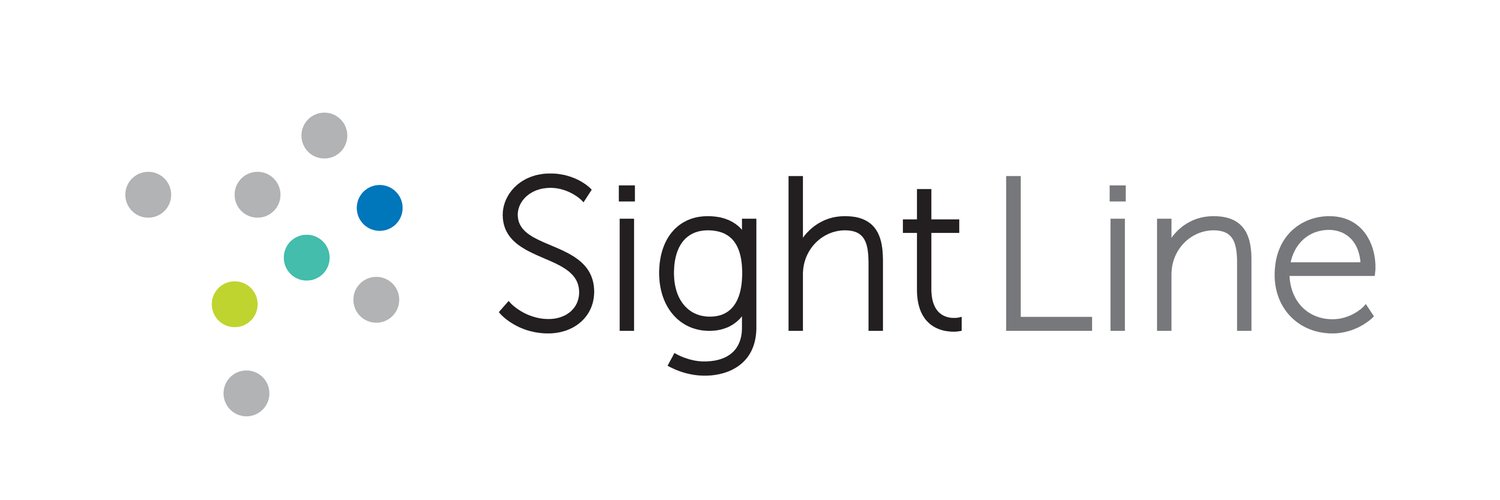From Price Transparency to Market Positioning: Rethinking Grad Enrollment
The Changing Graduate Enrollment Market
Graduate education is undergoing a significant transformation. Shifting student demographics, evolving market demands, and increasing competition from both private and public institutions are redefining how universities attract and retain graduate students. Institutions that fail to adapt to these changes risk losing market share to more agile competitors that emphasize affordability, flexibility, and clear career pathways.
Key Market Trends Impacting Graduate Enrollment
1. Growth in Part-Time and Flexible Enrollment
A notable shift in the graduate market is the increasing number of students seeking part-time and hybrid learning options. Many working professionals are looking for programs that allow them to balance their education with careers and family responsibilities. However, many universities still rely on rigid, full-time, cohort-based models, making it difficult to compete with more flexible offerings.
2. A Broader Competitor Set than Undergraduate Markets
There tends to be less separation in pricing between public and private institutions at the graduate level than there is for undergraduate programs, particularly in the medical fields, sciences, and for professional programs. This means that the competitive landscape for graduate programs may be very different from what institutions expect based on their undergraduate markets. Schools that traditionally see themselves competing with certain private institutions for undergraduates may find that their graduate competitors include public universities with strong regional or national reputations.
3. Rising Importance of Affordability and Price Transparency
As today’s undergraduates become tomorrow’s graduate students, trends around price sensitivity that we see in the undergraduate market carry over. Some graduate programs are adapting with clearer, value-based pricing, more affordable hybrid options, or expanding scholarship programs that have been less widespread in prior years. Universities that do not adopt similar practices may find themselves losing prospective students to more cost-conscious competitors.
4. The Role of Undergraduate Pipelines in Graduate Enrollment
Institutions with strong undergraduate programs have an opportunity to leverage their existing student base to boost graduate enrollment. However, many universities have underdeveloped integrated degree pathways (IDPs) that would allow undergraduates to seamlessly transition into graduate programs. Schools that fail to optimize these pipelines are missing a key strategy for enrollment growth. Additionally, institutions that are focused on price transparency and more modern pricing models for undergraduate programs should focus on aligning this strategy within graduate programs as well.
Strategic Recommendations for Universities
1. Introduce Tiered Graduate Degree Models
One way to attract a broader range of students is to offer tiered degree pathways, allowing students to enter a doctoral program with the option to exit early with a master’s degree. This approach:
Appeals to students unsure about committing to a full doctoral program.
Increases program flexibility and enrollment.
Reduces financial risk for students who may be hesitant about a long-term commitment.
2. Expand Hybrid and Part-Time Program Offerings
Universities should evaluate which programs can be adapted to hybrid or flexible models without compromising quality. Key steps include:
Conducting market research to determine demand for part-time and online options.
Partnering with faculty to reconfigure curriculum for modular, flexible delivery.
Improving marketing and communication to highlight flexible learning opportunities.
3. Enhance Price Transparency and Competitive Positioning
Students are increasingly making decisions based on clear and predictable pricing. To remain competitive, universities should:
Clearly display total program costs on their websites.
Offer simplified financial aid explanations to reduce confusion.
Consider strategic tuition adjustments where necessary to align with market rates.
4. Strengthen Undergraduate-to-Graduate Pathways
Integrated degree programs (IDPs) are an untapped opportunity for many institutions. To maximize their effectiveness, universities should:
Simplify the admissions process for current undergraduates seeking early acceptance into graduate programs.
Offer structured advising to help undergraduates plan their graduate education.
Market these pathways prominently to current students.
5. Differentiate Programs Through Specializations
Specialized graduate programs can help universities stand out in a crowded market. Universities should:
Identify emerging fields, such as telehealth, data analytics, or sustainability, where they can create unique program offerings.
Work with industry partners to develop coursework that aligns with job market demands.
Promote niche program differentiators in recruitment efforts, sometimes this means simply highlighting the unique courses and specializations that are already available to students.
Looking Ahead: The Future of Graduate Education
The graduate enrollment market is evolving, and institutions must be proactive in adapting to new realities. By offering flexibility, affordability, and clear career pathways, universities can position themselves for long-term success. Schools that embrace these changes will not only survive the shifting landscape but thrive in it, attracting the next generation of graduate students in an increasingly competitive market.
By adopting these strategies, universities can build stronger, more sustainable graduate programs that align with market trends and student expectations.
For more information, contact the SightLine team here.
